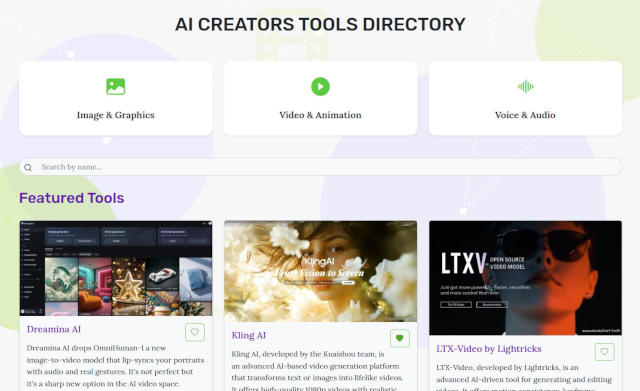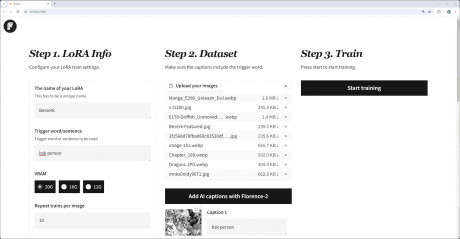Flux Prompt Generator
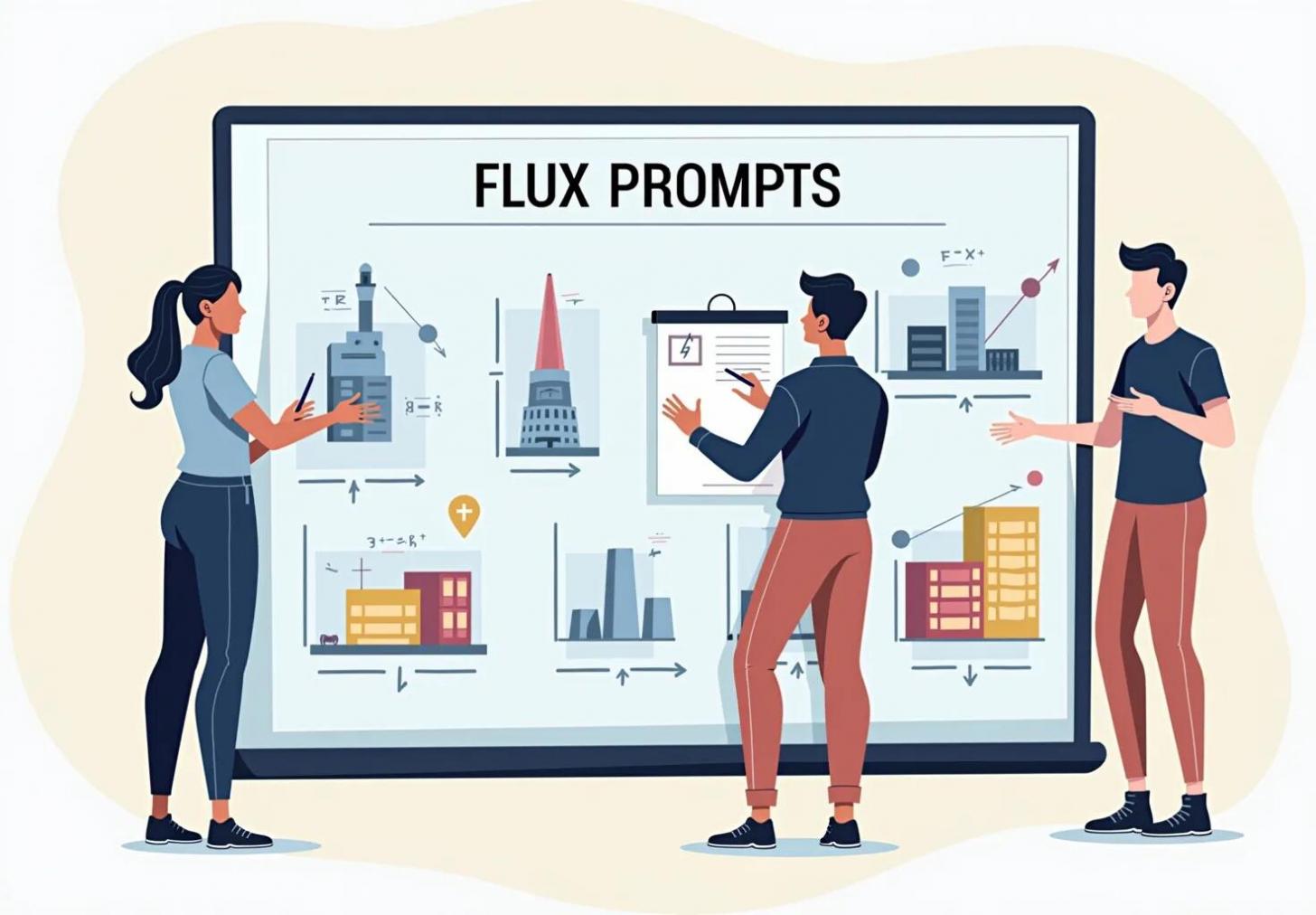
Try this simple FLUX prompt crafter if you'd like. Just input all the desired elements and click 'generate prompt' to receive your final text. Everything except the subject is optional. See Flux prompt examples here . There are some suggestions available when you click inside a text field to give you some ideas.
FLUX Prompt Elements
Flux prompt can be either short or very long and detailed, howevere it does thrive on larger prompts. It's still up to you if you want more control over the resulting image or you don't mind leaving a lot to AI's 'imagination'. But let's look at the possible elements you can include in your prompts:
-
Subject: The main focus of the image.
This is the primary element or character in your image. Be specific about what you want as the central focus. Examples: "A majestic lion", "A futuristic cityscape", "A blooming cherry blossom tree"
-
Style: The artistic approach or visual aesthetic.
This defines the overall look and feel of the image. Can reference art movements, specific artists, or general styles. Examples: "Impressionist style", "In the manner of Van Gogh", "Cyberpunk aesthetic", "Minimalist design"
-
Composition: How elements are arranged within the frame.
This affects the visual flow and balance of the image. Consider the placement of the subject and other elements. Examples: "Rule of thirds", "Symmetrical layout", "Off-center composition", "Bird's eye view"
-
Lighting: The type and quality of light in the scene.
Lighting dramatically impacts the mood and focus of the image. Specify the direction, intensity, and nature of the light. Examples: "Soft diffused light", "Dramatic side lighting", "Golden hour sunlight", "Moody low-key lighting"
-
Color Palette: The dominant colors or color scheme.
This sets the overall tone and can evoke specific emotions. Can be specific colors or general color themes. Examples: "Vibrant primary colors", "Muted earth tones", "Pastel color scheme", "Monochromatic in shades of blue"
-
Mood/Atmosphere: The emotional tone or ambiance of the image.
This helps convey the feeling you want the image to evoke. Can be described with adjectives or comparisons. Examples: "Serene and calm", "Mysterious and foreboding", "Joyful and energetic", "Nostalgic, like a faded photograph"
-
Technical Details: Camera settings, perspective, or specific visual techniques.
These details can significantly alter the final look of the image. Include any specific technical aspects you want to see. Examples: "Shallow depth of field", "Wide-angle lens effect", "Tilt-shift photography style", "Long exposure effect on water", "Canon EF 50mm f1.4 lens", "Canon EOS 200D DSLR photo".
-
Additional Elements: Supporting details or background information.
These are the secondary elements that add context or interest to the image. Can include background details, additional objects, or environmental factors. Examples: "With mountains in the background", "Surrounded by floating lanterns", "With a subtle reflection in a puddle"
The Guidance Scale, ranging from 1 to 10, controls how closely FLUX DEV sticks to the style in your prompt. The default value is usually 3.5, as seen on HuggingFace.
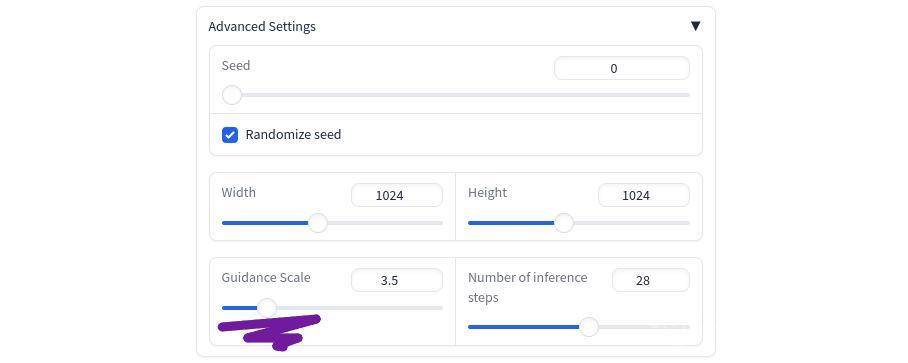
If FLUX DEV isn’t following the style you want, try reducing the Guidance Scale to around 1.0-1.5. The 3.5 setting and higher tends to work better for short or simple prompts, while a lower scale is more responsive to detailed, well-thought-out prompts.
Tip: Use longer, more detailed prompts with a lower Guidance Scale for better results.
Improve Your Flux Prompts with LLMs
All you need to craft a solid FLUX prompt is a vague idea and an LLM. Here is how it works in a nutshell:
- Write your basic, 'skeleton' prompt in plain everyday English. Example:
A fluffy dog running by the beach - Take it to your preferred LLM (ChatGPT, Claude, LLama, Mistral) and ask it to perfect it. You can say: 'Improve my prompt to ensure the overall image is full of excietement and joy, sea waves, no other dogs or people, bokeh effect'
The benefits of this is that you can talk to LLM in a very basic English and it will understand what you mean anyway and help you embelish your prompt with beneficial details. For example, Mistral Large 2 came up with this: A euphoric fluffy dog bounding along a pristine beach, its fur dancing in the sea breeze as it joyfully leaps through the frothy waves lapping at the shore. The sun's golden rays create a shimmering bokeh effect in the background, with not a soul or another canine in sight to distract from the sheer delight of this carefree moment.
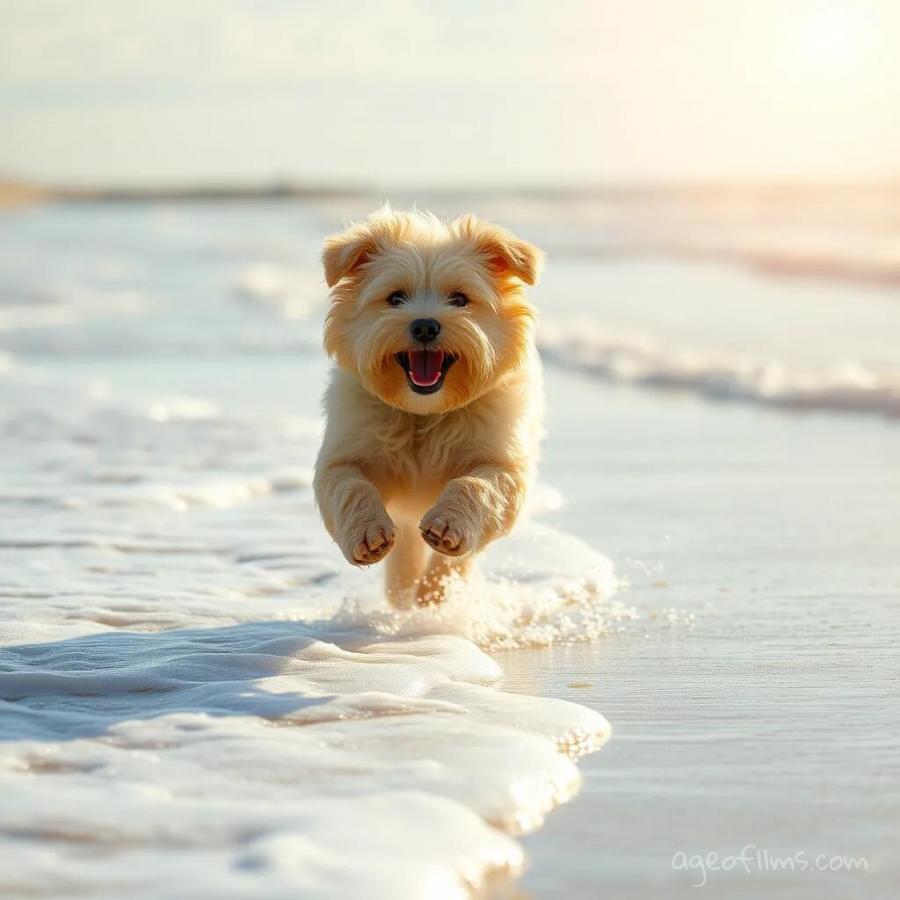
If you're unhappy with any of the details in the resulting generation, just keep chatting with your LLM making it modify the prompt with new information.
And that's all there is to the magic of generating a solid FLUX prompt. Keep exploring, keep making notes and share your observations with others so everyone can explore this powerful opensource model.
Try My New Flux AI Prompt Generator in GPT Store
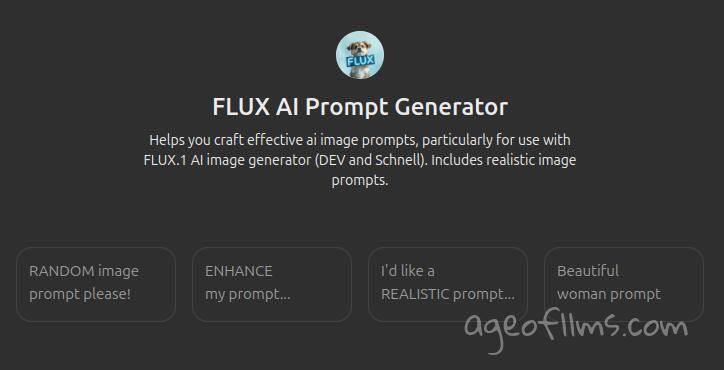
Just released, will be updated, please report any feedback here in the comments.
Link to the GPT https://chatgpt.com/g/g-3nP1rIbrt-flux-ai-prompt-generator
Last modified 26 October 2024 at 14:47
Published: Aug 22, 2024 at 10:44 AM
Related Posts
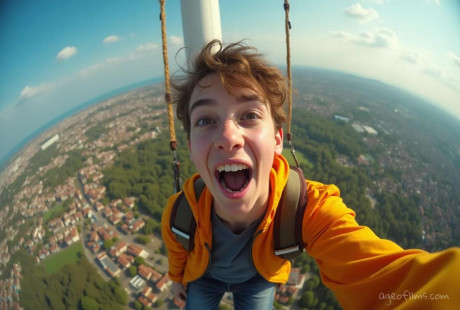
FLUX Selfie Prompts
4 Sep 2024
